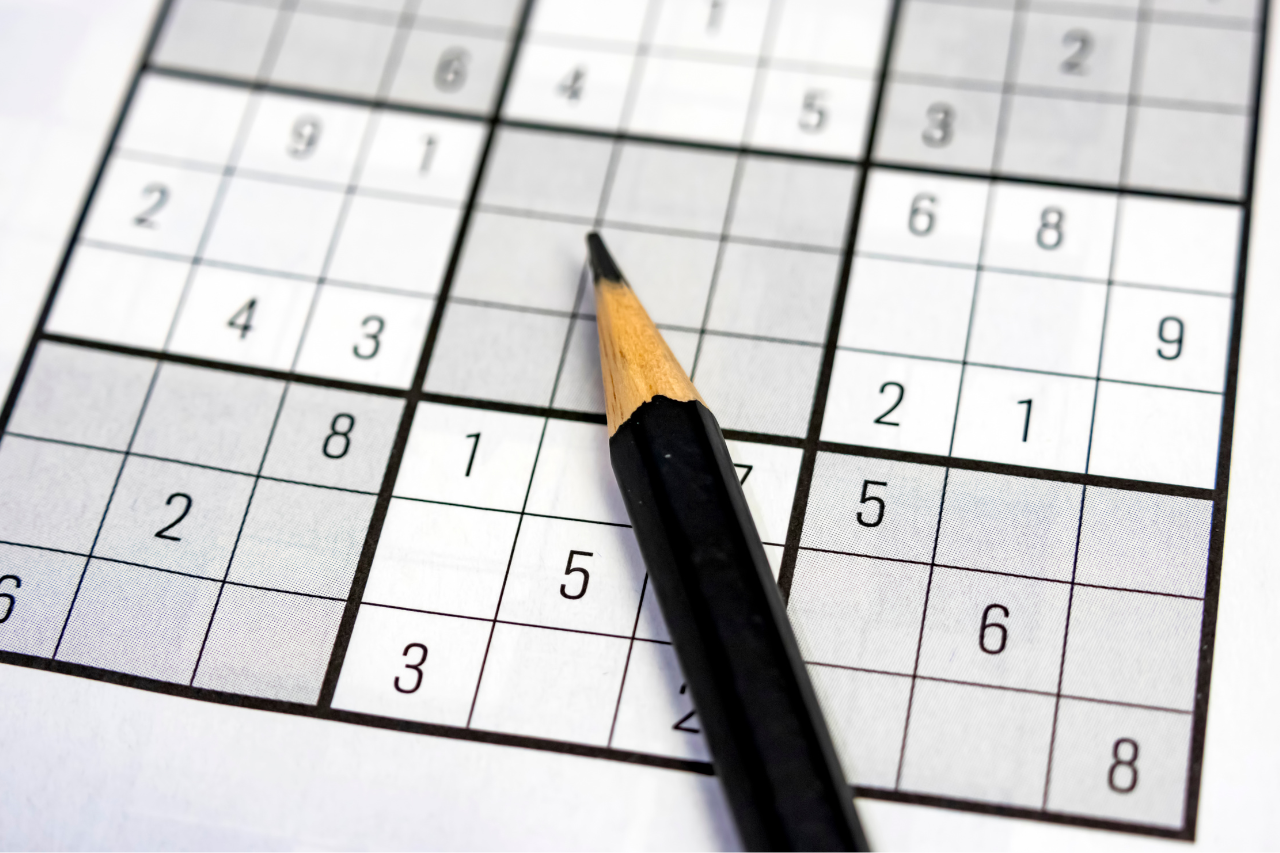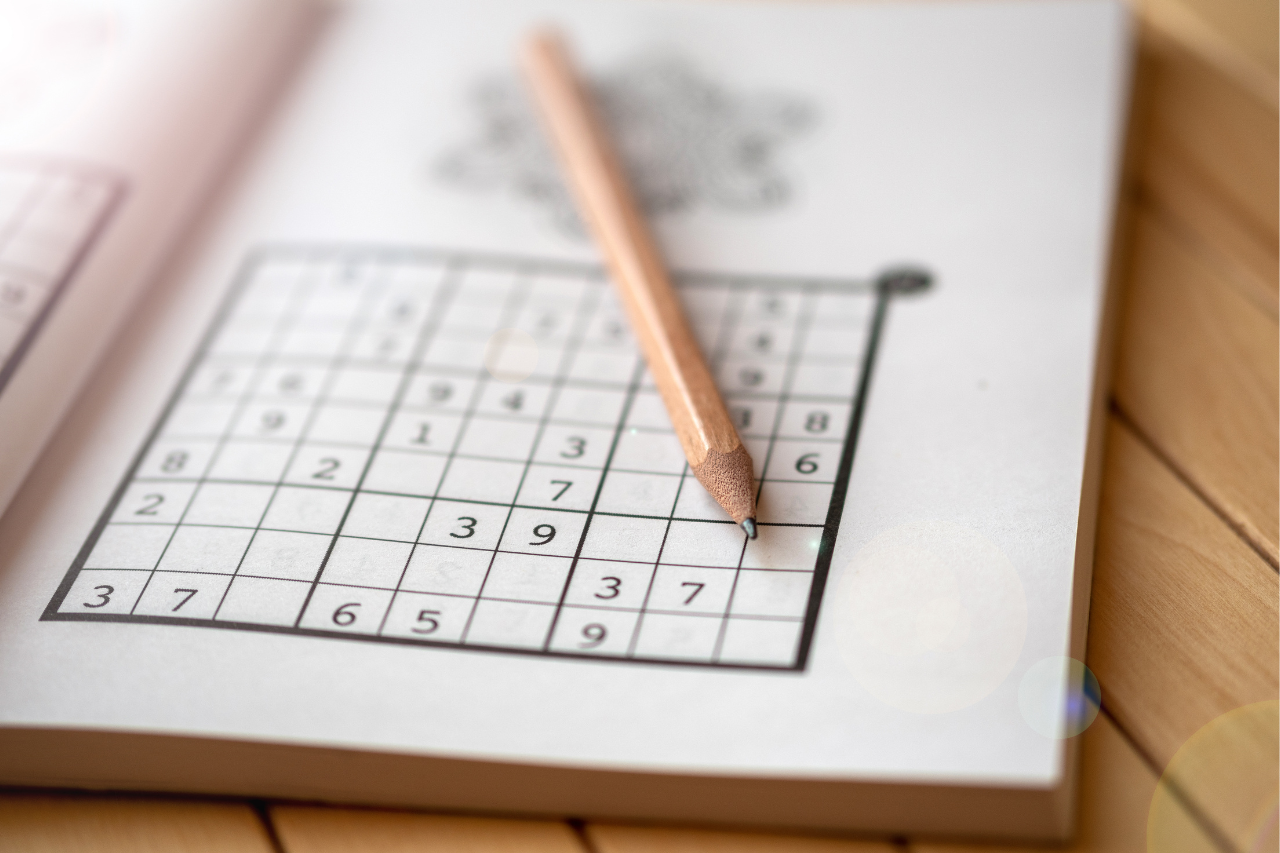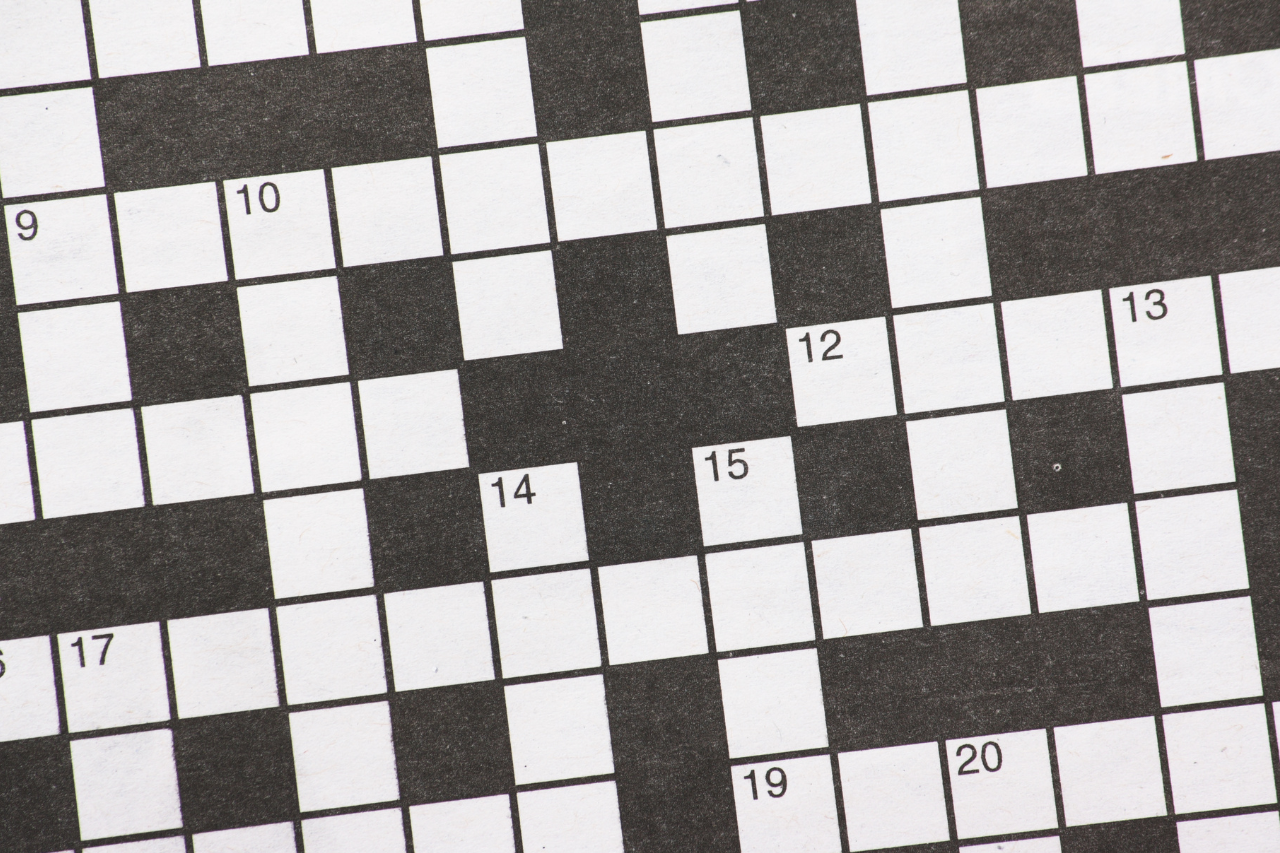
What is the Hidden Rule in Sudoku?

Share:
If you’ve been solving Sudoku puzzles for a while, you’ve probably mastered the basic rules: fill each row, column, and 3×3 box with the numbers 1-9 without repetition. But have you ever watched an expert solver breeze through a puzzle that left you completely stumped? They seem to see something you don’t—and they do.
The “hidden rule” in Sudoku isn’t actually a rule that changes how the game works. Rather, it’s a collection of advanced solving techniques that reveal hidden patterns and eliminations most beginners never notice. These strategies go beyond basic number placement and unlock solutions that seem impossible at first glance.
In this comprehensive guide, we’ll reveal the hidden techniques that separate casual solvers from Sudoku masters, transforming frustrating puzzles into solvable challenges.
Understanding the Foundation: It’s Not Really “Hidden”
Before we dive into advanced techniques, let’s clarify something important: Sudoku operates on one fundamental rule system. Every number from 1-9 must appear exactly once in each:
- Row (horizontal line)
- Column (vertical line)
- Box (3×3 square region)
The “hidden rule” isn’t a secret fourth constraint. Instead, it refers to advanced logical deductions that flow from this basic rule but aren’t immediately obvious to beginners. These techniques reveal candidates (possible numbers) that must go in certain cells, even when it’s not apparent why.
Think of it this way: the basic rules are like grammar in language, while hidden techniques are like reading between the lines. The rules don’t change—you’re just learning to see deeper patterns.
The True Hidden Rule: Hidden Singles
The most fundamental “hidden rule” that beginners overlook is the Hidden Single technique. This is where a number can only go in one place within a row, column, or box—even though that cell might have multiple candidates written in it.
How Hidden Singles Work
Let’s say you’re looking at a row that’s missing the numbers 3, 5, and 7. You check each empty cell:
- Cell A could be 3, 5, or 7
- Cell B could be 5 or 7
- Cell C could be 3, 5, or 7
At first glance, nothing seems solvable. But here’s the hidden pattern: Cell B is the only place in that row where 5 could go (assuming columns and boxes eliminate 5 from cells A and C). Even though Cell B has two candidates, the 5 is “hidden” as the only valid option.
This technique is called “hidden” because the answer is concealed among multiple candidates. You have to actively look for it by asking: “Where is the only place this number can go?”
Finding Hidden Singles: The Systematic Approach
Step 1: Pick a number (let’s say 6)
Step 2: Look at a single row, column, or box
Step 3: Identify all cells where 6 could possibly go based on the basic rules
Step 4: If there’s only ONE cell where 6 can go, you’ve found a hidden single—write it in!
Step 5: Repeat for all nine numbers across all regions
This systematic scanning is how experts solve puzzles that stump beginners. They’re not smarter—they’re just checking for hidden singles methodically.
Hidden Pairs: The Next Level of Discovery
Once you master hidden singles, the next “hidden rule” involves Hidden Pairs. This technique identifies two numbers that can only appear in two specific cells within a row, column, or box—even if those cells have other candidate numbers.
Understanding Hidden Pairs
Imagine a box where cells have these candidates:
- Cell 1: 2, 4, 5, 8
- Cell 2: 2, 4, 6, 9
- Cell 3: 3, 7
- Cell 4: 3, 5, 8
- Cell 5: 6, 9
Look closely at the numbers 2 and 4. They only appear in Cells 1 and 2. This means Cells 1 and 2 MUST contain 2 and 4 (in some order), even though they also show 5, 8, 6, and 9 as candidates.
The hidden rule application: You can eliminate 5, 8, 6, and 9 from Cells 1 and 2 because we know those cells must be 2 and 4. This elimination often creates new solving opportunities elsewhere.
Why It’s Called “Hidden”
The pair is “hidden” because other candidates obscure it. Unlike a “naked pair” (where two cells contain only two candidates like {2,4} and {2,4}), a hidden pair is buried among additional numbers that can be eliminated once you spot the pattern.
Hidden Triples and Quads: Advanced Pattern Recognition
The pattern extends beyond pairs. Hidden Triples involve three numbers that can only appear in three specific cells, and Hidden Quads involve four numbers in four cells.
Hidden Triples Example
In a row, you notice:
- Numbers 1, 6, and 8 only appear as candidates in Cells A, B, and C
- These cells might have other candidates too (like 2, 5, 7, 9)
- But 1, 6, and 8 don’t appear anywhere else in that row
The hidden rule: Cells A, B, and C must contain 1, 6, and 8 (in some order). Therefore, you can eliminate all other candidates from these three cells.
When to Look for Hidden Triples and Quads
These advanced patterns appear in medium to hard puzzles. Look for them when:
- You’ve exhausted simpler techniques
- A region (row/column/box) has many empty cells with multiple candidates
- You notice certain numbers appearing in limited locations
Hidden quads are rare but follow the same logic: four numbers restricted to four cells can eliminate all other candidates from those cells.
The X-Wing: A Hidden Symmetrical Pattern
One of the most powerful hidden techniques is the X-Wing pattern. This involves a number that appears in exactly two possible positions in two parallel rows (or columns), forming a rectangle shape.
How X-Wing Works
Imagine the number 7 in your puzzle:
- In Row 2, the number 7 can only go in Columns 4 or 8
- In Row 6, the number 7 can only go in Columns 4 or 8
This creates an X-Wing pattern. Here’s the hidden rule: One of those 7s must be in Column 4, and the other must be in Column 8 (or vice versa).
The elimination: You can now remove 7 as a candidate from all other cells in Columns 4 and 8 (except the four corners of your X-Wing rectangle). This often cracks open difficult puzzles.
Spotting X-Wings
X-Wings are “hidden” because you need to look across multiple rows or columns simultaneously. Beginners focus on one region at a time and miss these cross-regional patterns.
To find X-Wings:
- Pick a number
- Find two rows where that number appears in exactly two columns (the same two columns in both rows)
- Verify the pattern forms a rectangle
- Eliminate that number from other cells in those two columns
The Swordfish: An Even More Hidden Pattern
The Swordfish is an extension of the X-Wing involving three rows and three columns. It’s called “hidden” because few solvers ever discover it on their own.
Swordfish Pattern Recognition
A swordfish occurs when:
- A candidate number appears in exactly two or three positions across three rows
- These positions align to three columns
- The pattern isn’t perfect (unlike X-Wing), but creates a fish-like shape
The hidden rule: When you find a swordfish, you can eliminate that candidate from all other cells in the three columns involved.
This technique appears in very difficult puzzles and requires practice to recognize. Most casual solvers never need it, but knowing it exists can help you tackle expert-level Sudoku.
Unique Rectangles: The Anti-Pattern Rule
Here’s a truly hidden rule that applies specifically to properly constructed Sudoku puzzles: they should have only one unique solution. This constraint creates the Unique Rectangle technique.
What Is a Unique Rectangle?
A unique rectangle occurs when four cells arranged in a rectangle (spanning two rows and two columns) all have the same two candidates. If you could swap these numbers without violating any Sudoku rules, the puzzle would have multiple solutions—which means a proper puzzle won’t allow this.
The hidden rule application: If you spot a potential unique rectangle forming, at least one of those four cells must contain a different number. You can use this to make eliminations.
Why This Is Truly “Hidden”
This technique requires understanding puzzle construction, not just solving rules. Most solvers never think about whether a puzzle has one solution or many—they just solve what’s in front of them. Expert solvers use this meta-knowledge to make eliminations that seem to come from nowhere.
Forcing Chains: Following the Hidden Logic Trail
Forcing chains represent the deepest level of hidden Sudoku logic. This technique involves testing what happens if a cell contains a specific number, following the chain of consequences, and discovering contradictions or forced solutions.
How Forcing Chains Work
Step 1: Pick a cell with two candidates (let’s say 3 or 7)
Step 2: Assume it’s 3 and follow all logical consequences through the puzzle
Step 3: Assume it’s 7 and follow all logical consequences
Step 4: If both assumptions lead to the same conclusion in another cell, that conclusion must be true
Example:
- If Cell A = 3, then Cell B must be 5, which forces Cell C to be 2
- If Cell A = 7, then Cell D must be 5, which also forces Cell C to be 2
- Therefore, Cell C = 2 regardless of whether Cell A is 3 or 7
This “hidden rule” reveals solutions that seem impossible through normal techniques. It’s mentally demanding but incredibly powerful.
The Psychology of Hidden Rules: Why Beginners Miss Them
Understanding why these techniques are “hidden” helps you find them more easily.
Cognitive Blind Spots
Linear thinking: Beginners solve Sudoku linearly, filling in obvious numbers. Hidden techniques require looking at multiple regions simultaneously and considering what numbers CAN’T go somewhere, not just what CAN.
Confirmation bias: We see what we expect to see. If you’re only looking for naked singles (cells with one obvious answer), you’ll miss hidden singles where the answer is concealed among multiple candidates.
Spatial limitations: Human working memory can only hold 4-7 items. Hidden pairs, triples, and X-Wings require tracking patterns across 10+ cells simultaneously, exceeding natural cognitive limits without systematic methods.
Training Your Brain to See Hidden Patterns
Use candidate notation: Write small numbers in cells showing all possibilities. This externalizes memory and makes hidden patterns visible.
Scan systematically: Don’t randomly look for patterns. Go number-by-number (1 through 9) and region-by-region (each row, column, and box).
Focus on constraints: Instead of asking “What goes here?”, ask “Where can this number go?” and “What numbers CAN’T go here?”
Practice pattern recognition: Solve 3-5 puzzles weekly specifically looking for one technique (e.g., only hidden singles this week, only hidden pairs next week).
Practical Application: Using Hidden Rules to Solve Puzzles
The Expert’s Sequential Approach
Professional Sudoku solvers use hidden techniques in a specific order from simplest to most complex:
Level 1: Basic Scanning
- Naked singles (cells with only one candidate)
- Hidden singles (only place for a number in a region)
Level 2: Subset Techniques
- Naked pairs/triples (cells with identical limited candidates)
- Hidden pairs/triples (numbers restricted to specific cells)
Level 3: Cross-Regional Patterns
- X-Wings (rectangular patterns across rows/columns)
- Swordfish (three-row/column patterns)
Level 4: Advanced Logic
- Unique rectangles
- Forcing chains
The key: Don’t jump to advanced techniques until you’ve exhausted simpler ones. Hidden singles alone solve most easy and medium puzzles.
When to Apply Each Hidden Technique
Hidden Singles: Use constantly throughout every puzzle. This should become automatic—you scan for them without conscious thought.
Hidden Pairs/Triples: Apply when a region is cluttered with many candidates and nothing obvious emerges. These clean up messy sections.
X-Wings: Look for these when you’re stuck in medium-hard puzzles. Pick a number that’s giving you trouble and check if it forms an X-Wing pattern.
Forcing Chains: Reserve this for truly difficult puzzles where all other techniques fail. It’s mentally taxing and time-consuming.
Common Mistakes When Applying Hidden Rules
Mistake #1: Incomplete Candidate Lists
Hidden techniques only work if your candidate lists are accurate. Missing a possible candidate (or including an impossible one) will lead to wrong conclusions.
Solution: Before applying hidden techniques, verify your candidate lists by checking all constraints for each cell.
Mistake #2: Forgetting to Eliminate After Finding Hidden Subsets
Finding a hidden pair is only half the job. You must eliminate the other candidates from those cells—otherwise, you haven’t gained anything.
Solution: Immediately after identifying a hidden subset, cross out irrelevant candidates before moving on.
Mistake #3: Looking for Complex Patterns Too Early
Beginners often jump to X-Wings or forcing chains when simple hidden singles would solve the puzzle faster.
Solution: Follow the sequential approach. Exhaust simple techniques before trying advanced ones.
Mistake #4: Confirmation Bias in Forcing Chains
When testing assumptions in forcing chains, it’s easy to see what you want to see and miss logical errors.
Solution: Write down each step of your forcing chain. This slows you down and catches mistakes.
Developing Your Hidden Pattern Recognition Skills
Technique 1: Single-Focus Practice
Spend a week focusing on just one hidden technique. For example, dedicate seven days to finding only hidden singles in every puzzle you solve. This builds pattern recognition through repetition.
Technique 2: Annotate Your Puzzles
Use different colors or symbols for different techniques:
- Circle hidden singles in red
- Box hidden pairs in blue
- Star X-Wings in green
This visual system trains your brain to recognize patterns more quickly.
Technique 3: Study Solved Examples
Before solving, look at puzzles with the techniques already marked. Understanding what hidden patterns look like makes them easier to spot independently.
Technique 4: Solve in Stages
- Stage 1: Find all naked singles
- Stage 2: Find all hidden singles
- Stage 3: Look for hidden pairs
- Stage 4: Check for X-Wings
This methodical approach prevents overlooking simple solutions while building advanced skills.
Technique 5: Teach Someone Else
Explaining hidden techniques to another person forces you to articulate the logic clearly, which deepens your own understanding.
The Ultimate Hidden Rule: Logical Deduction
Here’s the deepest “hidden rule” in Sudoku: Every puzzle solvable by humans can be solved through pure logical deduction without guessing.
Many beginners resort to trial-and-error when stuck, but this defeats Sudoku’s purpose as a logic puzzle. The hidden techniques we’ve discussed are the tools that eliminate the need for guessing.
Why Guessing Misses the Point
When you guess:
- You’re not developing pattern recognition skills
- You might get lucky and solve it, but you haven’t actually learned anything
- You miss the satisfaction of pure logical victory
When Guessing Seems Necessary
If you’ve genuinely exhausted all hidden techniques and still can’t progress, either:
- The puzzle has an error (poorly constructed)
- You’ve made a mistake earlier in the puzzle
- You need an even more advanced technique beyond this guide’s scope
Backtrack and verify your work before resorting to guessing.
From Hidden to Obvious: The Path to Mastery
As you practice these techniques, something remarkable happens: what was once hidden becomes obvious. Expert solvers don’t consciously think “Now I’ll look for a hidden single”—they just see them instantly.
This transition from effortful to automatic is the hallmark of skill development in any domain. The hidden rules become intuitive pattern recognition, and puzzles that once took hours become 10-minute exercises.
The Time Investment
Expect this timeline for mastery:
- Weeks 1-2: Hidden singles become natural
- Weeks 3-6: Hidden pairs click into place
- Months 2-3: X-Wings become recognizable
- Months 4-6: Advanced techniques feel intuitive
Consistency matters more than intensity. Solving 3 puzzles per week for six months beats cramming 20 puzzles in one week.
Conclusion: Revealing What Was Always There
The “hidden rule” in Sudoku isn’t really hidden at all—it’s been there from the start, woven into the fabric of the puzzle’s logic. What’s hidden is your ability to see it, and that’s what practice develops.
These techniques—hidden singles, hidden pairs, X-Wings, and beyond—are simply ways of asking better questions about the puzzle. Instead of “What number goes here?”, you learn to ask “Where is the only place this number can go?” or “What candidates can I eliminate?”
The beauty of Sudoku is that these logical patterns exist in every valid puzzle, waiting to be discovered. As you train your mind to spot them, you’ll experience the profound satisfaction of solving puzzles that once seemed impossible—not through luck or guessing, but through pure logical deduction.
Now that you know the hidden rules, they’re not hidden anymore. Go forth and solve!
Frequently Asked Questions (FAQ)
Q: What is the main hidden rule in Sudoku?
A: The main “hidden rule” is the Hidden Single technique—finding cells where only one number can go within a row, column, or box, even when that cell appears to have multiple candidates. This is the foundation of advanced Sudoku solving and what separates beginners from intermediate solvers.
Q: Is there a secret trick to solving Sudoku faster?
A: Yes—systematically scanning for hidden singles. Rather than randomly looking at cells, go number-by-number (1 through 9) and check each row, column, and box asking: “Where is the only place this number can go?” This structured approach is 5-10x faster than random searching.
Q: Do you ever have to guess in Sudoku?
A: No. Every properly constructed Sudoku puzzle can be solved through pure logical deduction using techniques like hidden singles, hidden pairs, X-Wings, and forcing chains. If you feel you need to guess, you’re either missing a technique or there’s an error in your earlier work.
Q: What is the difference between hidden singles and naked singles?
A: A naked single is a cell with only one possible candidate—it’s obviously that number. A hidden single is a cell that might have multiple candidates written in, but only one of those numbers can go there based on the row, column, or box constraints. The answer is “hidden” among other possibilities.
Q: How do you find hidden pairs in Sudoku?
A: Scan a row, column, or box looking for two numbers that only appear as candidates in exactly two cells (even if those cells have other candidates too). Once found, you can eliminate all other candidates from those two cells since they must contain your hidden pair.
Q: What is an X-Wing pattern in Sudoku?
A: An X-Wing occurs when a candidate number appears in exactly two positions in two parallel rows, and these positions align to the same two columns (forming a rectangle). This pattern lets you eliminate that candidate from all other cells in those two columns.
Q: Are hidden techniques necessary for easy Sudoku puzzles?
A: Hidden singles are useful even in easy puzzles, but you typically won’t need hidden pairs, X-Wings, or advanced techniques. Easy puzzles can usually be solved with just naked singles and basic hidden singles. Reserve advanced techniques for medium to hard puzzles.
Q: How long does it take to learn hidden Sudoku techniques?
A: Hidden singles become natural within 2-3 weeks of regular practice (3-5 puzzles per week). Hidden pairs take 1-2 months to recognize reliably. Advanced techniques like X-Wings may take 3-6 months of consistent practice to spot quickly. Focus on mastering one technique at a time.
Q: Should I write all candidates in every cell?
A: For learning hidden techniques, yes, writing candidates in pencil makes hidden patterns visible. As you improve, you’ll need candidates only in complex puzzles. Expert solvers can visualize many candidates mentally but still write them down for difficult puzzles.
Q: What’s the hardest Sudoku technique to learn?
A: Forcing chains are generally considered the most difficult because they require following hypothetical scenarios through multiple steps and holding complex logical sequences in working memory. However, most puzzles don’t require this technique—hidden singles through X-Wings solve 95% of published puzzles.
Q: Can Sudoku apps help me learn hidden techniques?
A: Yes, many apps have “hint” features that explain which technique solves the next cell. Apps like “Sudoku.com” or “Enjoy Sudoku” offer learning modes that teach hidden singles, pairs, and other techniques. However, avoid over-relying on hints—practice finding patterns yourself.
Q: What should I do when I’m stuck on a Sudoku puzzle?
A: Follow this sequence: (1) Verify all your previous answers are correct, (2) update candidate lists in all empty cells, (3) systematically scan for hidden singles in every row, column, and box, (4) look for hidden pairs if hidden singles don’t help, (5) check for X-Wing patterns, (6) take a 10-minute break and return with fresh eyes.



